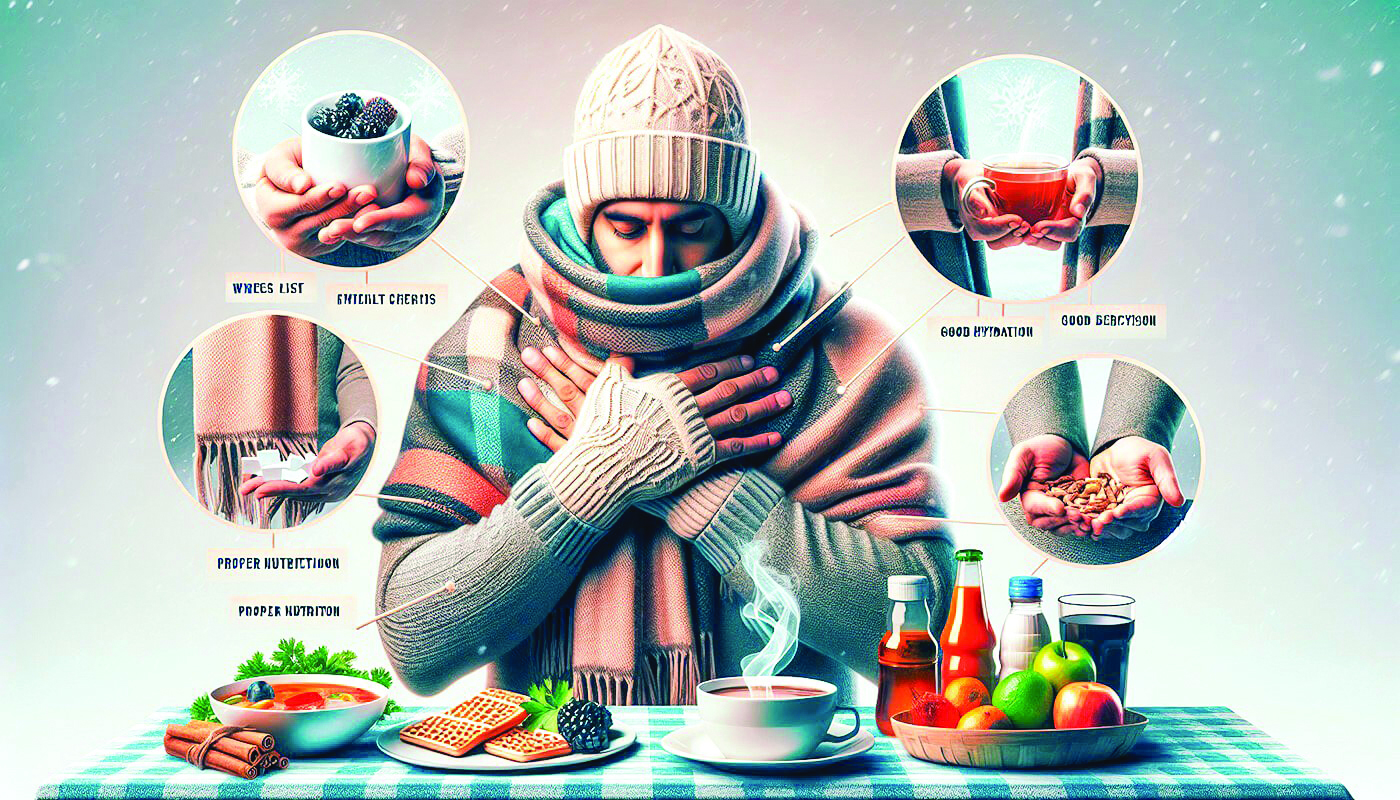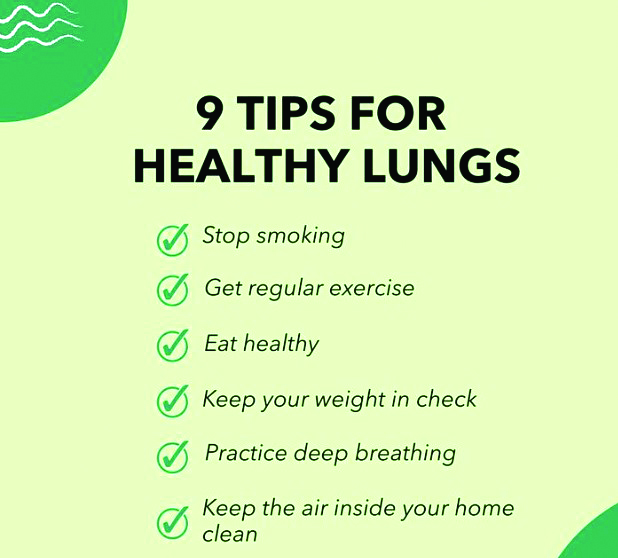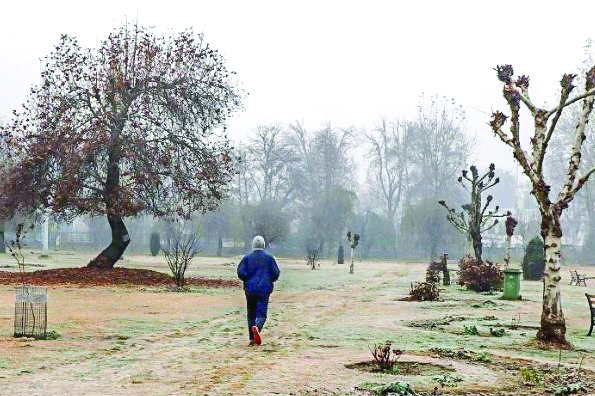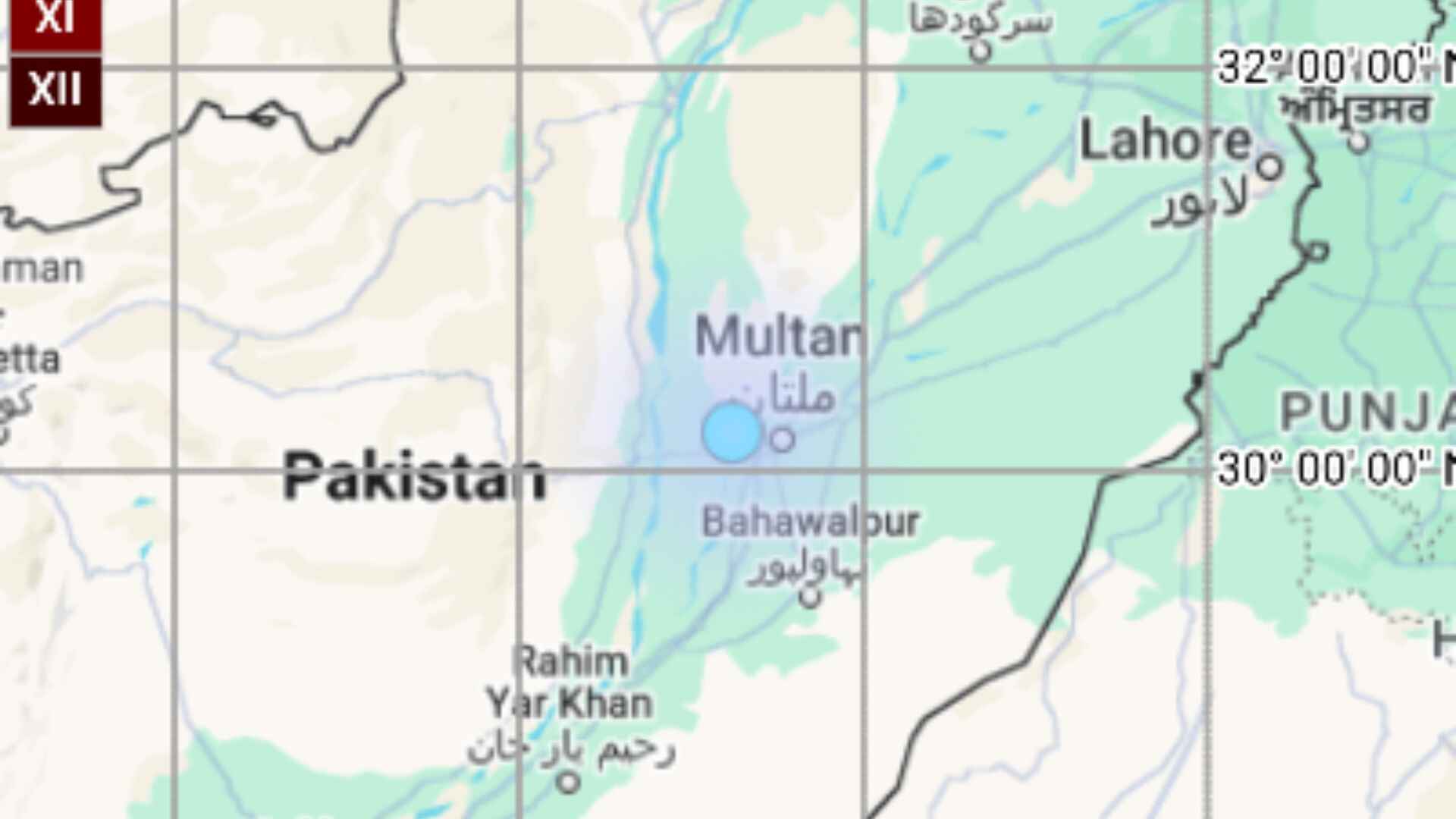
Winter is a season that brings its own set of health challenges. While many people look forward to the crisp air and the beauty of snow-covered landscapes, the colder months can present significant health risks. Cold temperatures, combined with higher levels of pollution during winter, can have detrimental effects on our physical and mental well-being. It is crucial to be aware of how winter affects health and how pollution exacerbates these challenges. Understanding these impacts and taking appropriate measures can help maintain health and improve quality of life during the winter months.
Impact of Cold Weather on Health
Winter is synonymous with cold weather, which can strain the body in various ways. Our immune system may weaken in colder temperatures, leaving us more susceptible to illnesses like the common cold, flu, and even pneumonia. Cold air can cause the body to lose heat more quickly, and without proper care, the body may struggle to regulate its temperature, leading to hypothermia or frostbite. The elderly, young children, and individuals with pre-existing conditions like asthma or heart disease are especially vulnerable to the adverse effects of the cold.
The colder air can also irritate the respiratory system, especially in those with conditions such as asthma or bronchitis. Cold, dry air can narrow the airways, making it harder to breathe. This can lead to coughing, wheezing, and shortness of breath. It’s essential for people with respiratory conditions to take extra precautions, such as wearing scarves or masks to cover the mouth and nose when going outside, and ensuring they have access to necessary medications like inhalers.
Winter-Related Risks
1. Frostbite and Hypothermia: These are severe cold-related conditions that occur when the body is exposed to extreme cold for prolonged periods. Frostbite affects the extremities like fingers, toes, and ears, causing tissue damage. Hypothermia happens when the body temperature drops below the normal range (95°F or 35°C), leading to confusion, weakness, and in extreme cases, organ failure or death.
2. Increased Risk of Heart Attacks: Cold weather can cause the blood vessels to constrict, which raises blood pressure and increases the workload on the heart. For those with heart disease, this can trigger a heart attack.
3. Winter Depression: Shorter daylight hours and the lack of sunlight during winter months can lead to a condition known as Seasonal Affective Disorder (SAD). This form of depression is linked to reduced sunlight exposure and can significantly impact mental health during the winter months.

Pollution and its Impact on Winter Health
Winter weather conditions often lead to an increase in air pollution, especially in urban areas. During winter, temperature inversions are common. A temperature inversion occurs when a layer of warm air traps cold air near the ground, preventing pollutants like smog and smoke from rising and dispersing. This results in higher concentrations of pollutants in the air, which can be hazardous to health.
Pollution levels tend to rise in the winter months due to various factors:
1. Increased Use of Heating: During the colder months, people use more energy to heat their homes. This often leads to the increased burning of fossil fuels like coal, oil, and natural gas, which release harmful pollutants like carbon monoxide, nitrogen oxides, and particulate matter (PM). These pollutants are detrimental to respiratory health, leading to increased cases of asthma, bronchitis, and other lung diseases.
2. Vehicle Emissions: In many regions, people tend to use their cars more frequently during winter months, whether for commuting to work or avoiding the cold. This increases the volume of vehicular emissions, which significantly contribute to air pollution.
3. Burning of Wood and Biomass: In rural areas, burning wood or other biomass materials for heat is a common practice during winter. This can release harmful particulate matter and toxic gases into the air, contributing to respiratory problems, especially for individuals with pre-existing conditions.
Health Effects of Pollution on Winter Health
Winter pollution can have serious consequences, especially for the elderly, children, and those with pre-existing respiratory or cardiovascular conditions. The pollutants commonly present in winter air, such as fine particulate matter (PM2.5), nitrogen dioxide (NO2), and sulfur dioxide (SO2), can enter the lungs and bloodstream, causing a variety of health problems.
1. Respiratory Diseases: Air pollution aggravates conditions such as asthma, chronic obstructive pulmonary disease (COPD), bronchitis, and pneumonia. Fine particulate matter (PM2.5) can penetrate deep into the lungs, causing inflammation, aggravating existing conditions, and increasing the risk of respiratory infections.
2. Cardiovascular Issues: Pollution is also a major contributor to cardiovascular disease. Inhaled pollutants can damage blood vessels, increase blood pressure, and contribute to plaque buildup in arteries, increasing the risk of heart attacks and strokes. During the winter, when cold temperatures also put additional strain on the heart, the effects of air pollution are often compounded.
3. Exacerbation of Pre-existing Health Conditions: For individuals with chronic health conditions such as diabetes, hypertension, and autoimmune disorders, winter pollution can make managing these conditions more difficult. The combination of cold weather and polluted air can result in worsened symptoms and increased hospital visits.

Preventative Measures to Protect Health in Winter
Given the risks associated with both cold weather and air pollution during winter, it is essential to adopt measures that minimize exposure and protect health. Below are some strategies for staying healthy in the winter months:
1. Layering Up and Keeping Warm
Wearing warm clothing is one of the most effective ways to protect the body from the cold. Layering clothing helps to trap body heat and prevents cold air from directly touching the skin. Special attention should be given to extremities such as hands, feet, and ears. For those who need to go outside, wearing scarves, hats, and gloves is essential. Additionally, wearing a face mask or scarf can help protect the respiratory system from cold, dry air and pollution.
2. Limit Exposure to Polluted Air
On days when air pollution levels are high, it is advisable to limit outdoor activities, especially strenuous exercise. Checking air quality indexes online can help identify when pollution levels are dangerous. Staying indoors as much as possible, especially for those with respiratory conditions, can reduce the risk of exposure to harmful pollutants. Using air purifiers indoors can also help to remove particulate matter and other pollutants from the air.
3. Keep Homes Well-Ventilated
While it’s important to stay warm in the winter, it’s equally important to maintain good indoor air quality. Open windows periodically to let in fresh air, and use exhaust fans in kitchens and bathrooms to reduce moisture and prevent mold growth. Avoid using kerosene or coal heaters indoors, as they release harmful pollutants. If wood-burning stoves or fireplaces are used, ensure that they are functioning properly and have adequate ventilation.
4. Stay Hydrated and Nourished
During winter, people often forget to drink water, as the cold weather can reduce the feeling of thirst. However, staying hydrated is essential for overall health and helps maintain optimal body function. It’s also important to maintain a nutritious diet to strengthen the immune system and help the body cope with colder temperatures and potential exposure to pollutants.
5. Use Masks and Respirators
For individuals living in highly polluted areas, using an N95 mask or respirator can reduce the inhalation of harmful particles from polluted air. These masks are designed to filter out a significant portion of airborne pollutants and can provide much-needed protection, particularly for vulnerable populations.
6. Seek Medical Help When Necessary
During the winter, it’s important to stay vigilant about health changes. Seek medical attention if symptoms of respiratory distress, chest pain, or signs of frostbite or hypothermia arise. Regular health check-ups are essential to manage chronic conditions like asthma, heart disease, or diabetes.
Winter brings a unique set of challenges to health, especially when combined with the added burden of air pollution. Cold weather, coupled with pollutants like smog and particulate matter, can lead to severe respiratory and cardiovascular issues. However, by taking proactive steps such as dressing warmly, reducing exposure to outdoor pollution, and maintaining a healthy lifestyle, individuals can protect themselves from the harsh effects of winter and pollution. Additionally, policymakers must continue to address environmental pollution and its impact on public health, especially during the colder months. As we head into winter, it’s essential to prioritize both personal health and environmental awareness to ensure a safe and healthy season for all.















